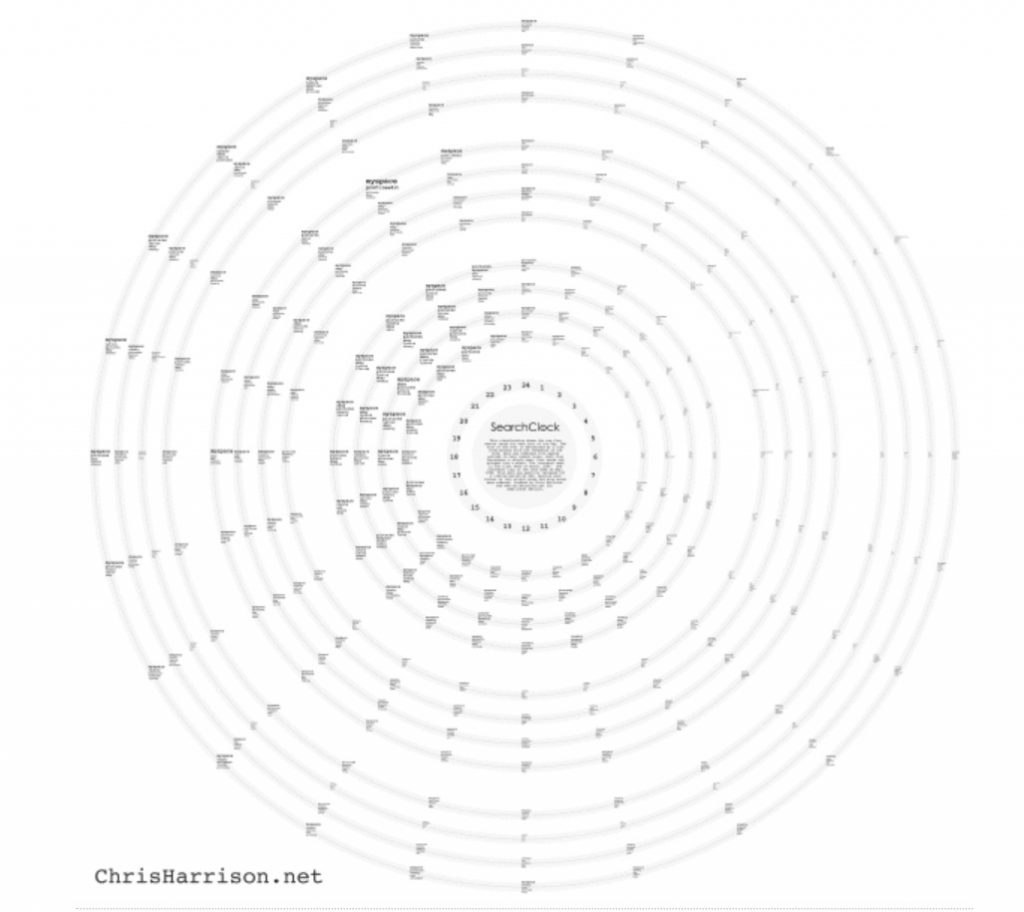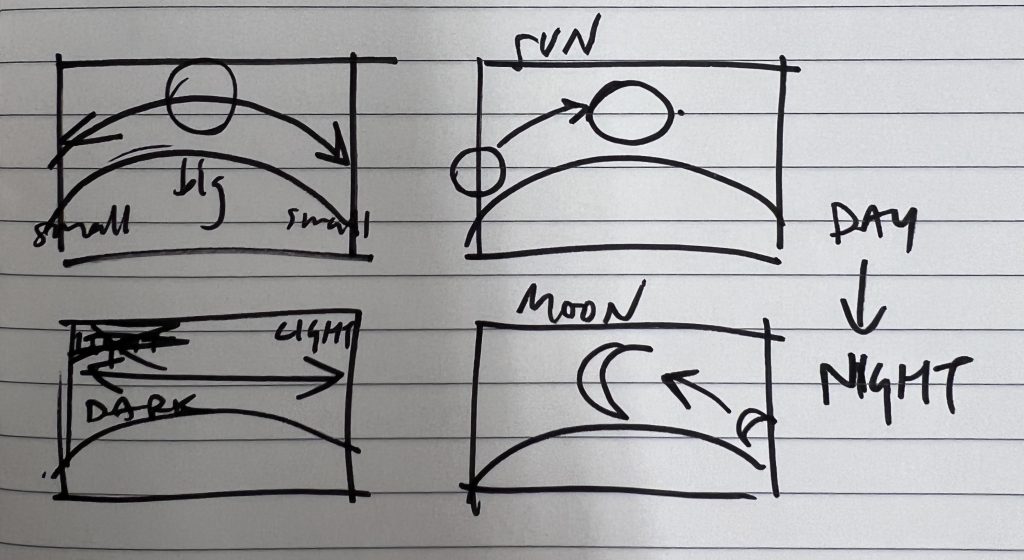I really enjoyed this project and think this turned out cute. I especially like how the icons reinforce what the image is communicating (I really love fruit).

/*
Joan Lee
Section D
This program draws a portrait of me GRIPPING my fruit with symbols that represent me loving fruit.
*/
function preload() {
joan = loadImage("https://i.imgur.com/eMJulaO.png");
}
function setup() {
createCanvas(385, 480);
joan.resize(width, height);
background(255);
joan.loadPixels();
}
function draw() {
//want the image to be revealed where the mouse is
var pixColor = joan.get(mouseX, mouseY);
//revealing image of me GRIPPING fruit with icons that resemble fruit and my love for it
noStroke();
iLoveFruit = ["♥", "⊛", "❂"];
for(var i = 0; i < 3; i ++) {
fill(pixColor);
textSize(random(1, 10));
text(iLoveFruit[floor(random(iLoveFruit.length))], mouseX, mouseY);
}
}![[OLD SEMESTER] 15-104 • Introduction to Computing for Creative Practice](https://courses.ideate.cmu.edu/15-104/f2022/wp-content/uploads/2023/09/stop-banner.png)



